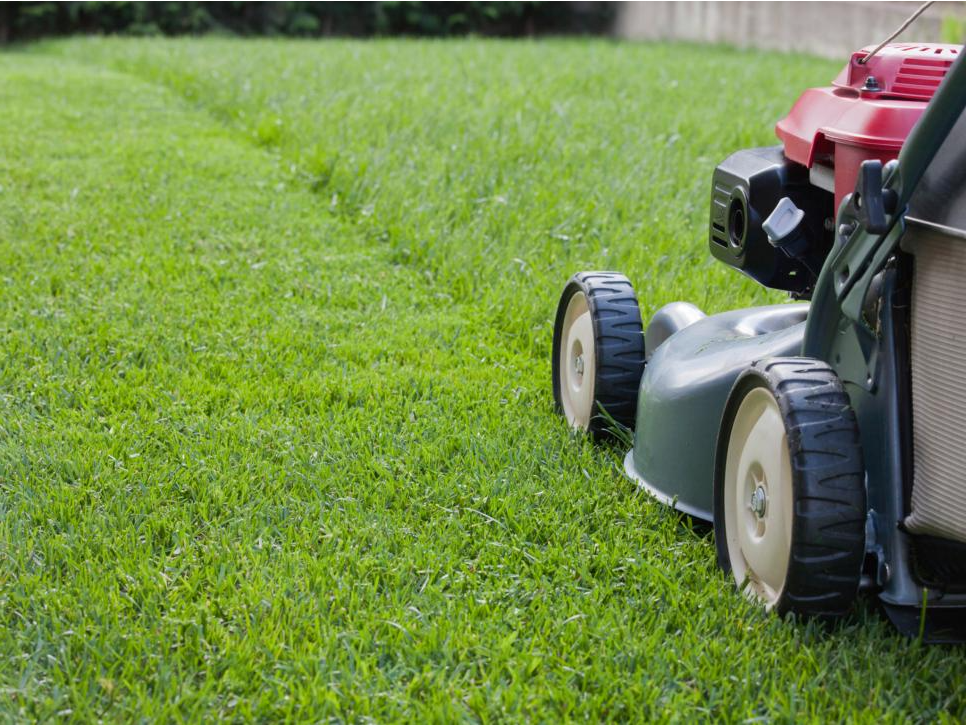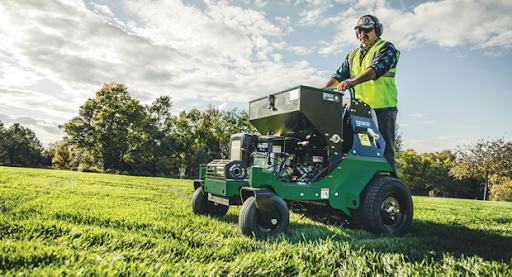Want to know when to prep your lawn for winter?
City skyline
Here is winter lawn care information to help you get your lawn winter-ready.
Haul away all debris
Removing leaves, branches, and any other yard waste will give your winter lawn a chance to heal quickly without being smothered by unnecessary mess. In addition, if you are planning on fertilizing in the winter this would be a good time to apply it - not directly after you remove debris.
Mow for Highest Quality of Growth
It's important to practice proper mowing procedures when preparing your winter lawn for the cold winter months. Maintaining higher than normal cutting heights during fall ensures thicker grass stands over winter that will be more tolerant of snow loading, heaving and ice formation. Be sure also that each mowing in the fall is clean, removing all thatch and debris from winter.
As winter approaches you should keep your lawn mowed once every month or two to maintain fresh growth and prevent winter injury. The only time you shouldn't cut more than one or two inches off the top of your lawn during winter is if you are making use of a "biological winterizer" (commonly made up of ammonium sulfate) for winter fertilization purposes. Ammonium Sulfate gives off ammonia gas which attracts certain microbes which feed on it and release nitrates into soil as they decompose, effectively feeding your winter lawn!
The tendency in late fall/early winter is to let grass get too tall before cutting -- this can be disastrous. Often, winter lawn care is the most important step to a strong spring lawn!
For winter maintenance, use sharpened mower blades (filed or replaced) and make sure to have your equipment tuned up before winter shows up... A tune-up will save you money on gas, extend engine life for your engine and prevent winter breakdowns that may occur from worn parts. An untuned machine will stand idle more often than it should.
If you are planning on aerating early winter, make sure that you apply an appropriate pre-emergent immediately after aeration if not done already. Pre-emergents help keep crabgrass seeds from sprouting before germination time in late winter/early spring when grass plants are actively growing.
If winter weather conditions permit, winter care for established lawns starts with aeration to improve water and air-flow through the thatch layer, winter raking to remove leaves and debris (garden rake or leaf rake), winter fertilization - granular applications of winterizer products are used in fall to promote winter hardiness as well as suppress winter weed growth, then top-dressing with a light fertilizer 757-276-9166 is applied over the lawn at half your normal spring application rate after snow melt but before new grass growth begins in early summer.
The first winter snow cover acts as an insulating blanket on the soil surface and keeps it from freezing deeply. The snow also protects lawn plants from frost heaving. Frost heaving is caused by the warming and cooling of winter soil. In winter, snow may melt (changing to water) then refreeze on lawns with repeating cycles of freezing and thawing every few days. When this occurs, air pockets open in the soil where root systems are present; thus making it harder for roots to absorb moisture and nutrients from winter precipitation. As a result, winter lawn problems occur.









